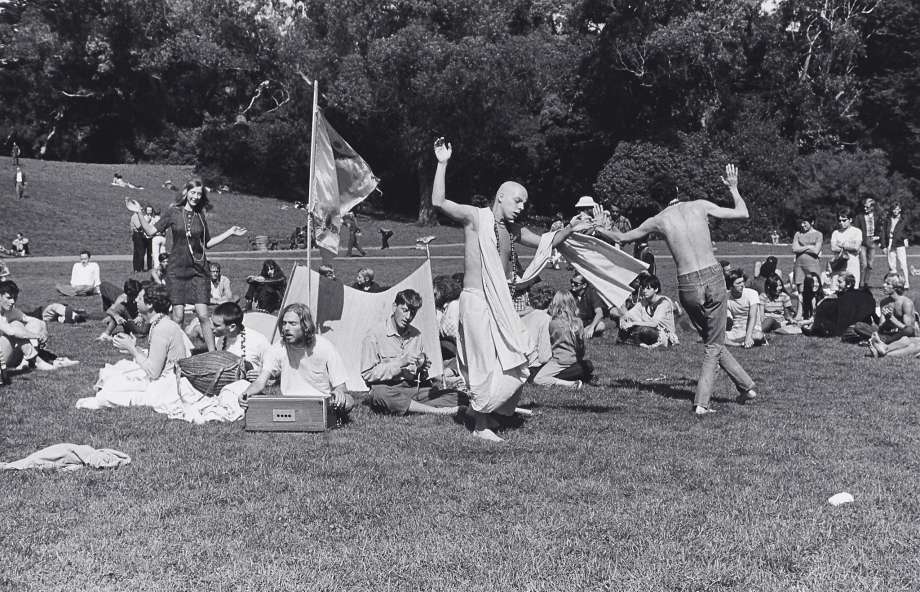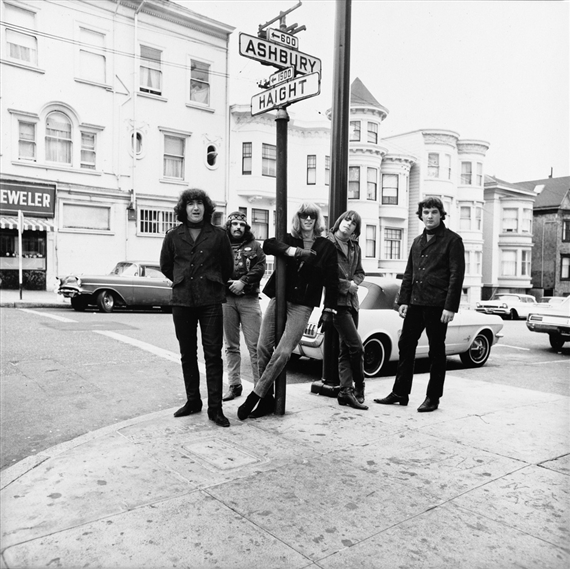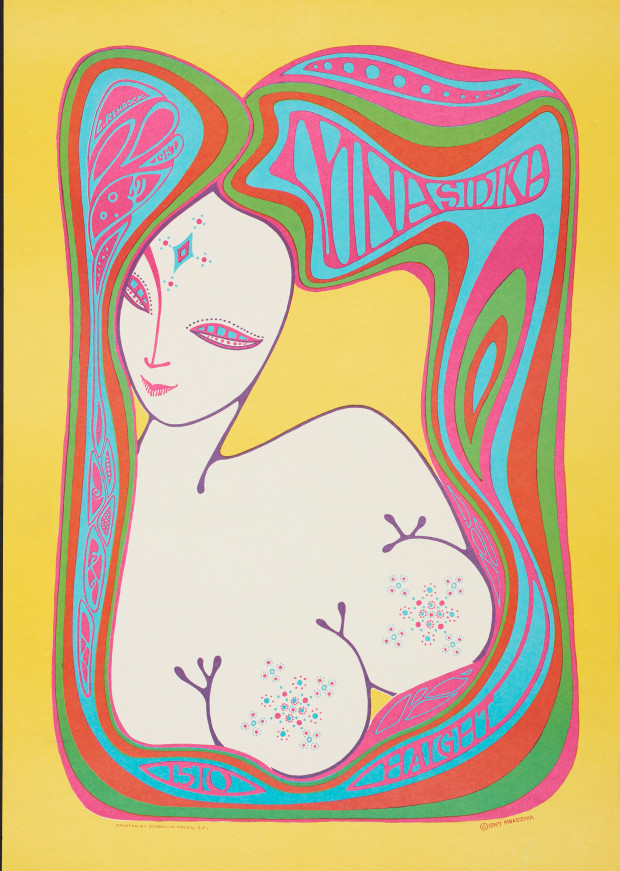At the time, it was a sort of impromptu youth festival, a San Francisco combination of Spring Break and Endless Summer. Young people caught up in nascent social rebellion, many of them runaways, found a focus in the San Francisco Haight district, and there evolved new strains of fashion, art, and music.
But it was only in hindsight that San Francisco’s Summer of Love was recognized as a cultural landmark, the apogee of the sixties and a turning point for the culture. It was the first flowering of the baby boomers, a generation and a cultural movement that that broke with longstanding traditions to forge more youthful, more experimental modes of expression. That new flavor came to dominate the American scene and, through the mediums of film and music, helped change the world.
Now that fleeting moment has been captured in all its youthful idealism and whimsical stylings in a groundbreaking, multimedia exhibition by the de Young Museum in San Francisco: The Summer of Love Experience: Art, Fashion, and Rock & Roll. The exhibit leans heavily on the psychedelic stylings of the rock ‘n’ roll scene: record covers, concert posters, and the accoutrements of stars like Janis Joplin and Jerry Garcia. And who can argue? The swirling text, the lurid colors, the youthful optimism that these works shared still appeal fifty years later.
Also on display are the fashions of the times: bellbottom jeans, folk-inspired embroidery, leather fringes everywhere, and more. In total, the exhibition features more than three hundred “significant cultural artifacts,” including more than 150 from the museum’s permanent collection.
For many boomers, now arriving at senior status, the de Young exhibition will be an exercise in nostalgia. But for the generations that came after, a stroll through the colorful galleries of The Summer of Love Experience will come as a revelation, when their parents threw off the trappings of the old and a new world was born.




